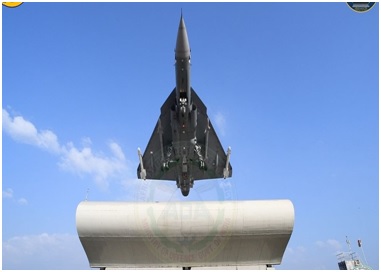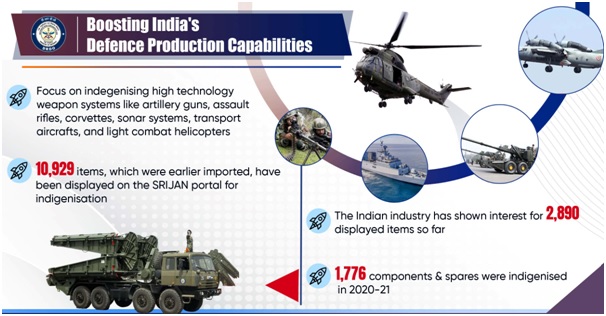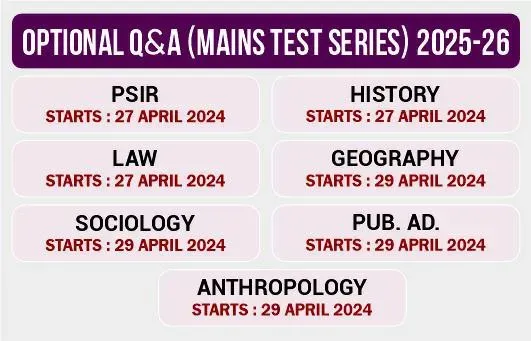New Autonomous Flying Wing Technology Demonstrator
Context
Recently, Defence Research and Development Organisation (DRDO) carried out the maiden test flight of a new unmanned Aerial Vehicle, an Autonomous Flying Wing Technology Demonstrator.
Background
- Overdependence on the Soviet Union, brought about a change in India’s approach to defenceindustrialisation from licence based production to production based on indigenous design.
- From the mid-1980s, the government pumped resources into R&D to enable the DRDO to undertake high profile projects.
- A significant beginning in defenceindigenisation was made in 1983,when the government sanctioned the Integrated Guided Missile Development Programme (IGMDP) to develop five missile systems:
- Prithvi (surface-to-surface)
- Akash (surface-to-air)
- Trishul (the naval version of Prithvi)
- Nag (anti-tank)
- Agni Ballistic missiles with different ranges, i.e. Agni (1,2,3,4,5)
- However, the indigenous efforts were not adequate to meet the requirements of the armed forces. This resulted in the shift of focus towards co-development and co-production in partnership with foreign companies.
- A beginning was made in 1998, when India and Russia signed an inter-governmental agreement to jointly produce Brahmos supersonic cruise missile.
- Apart from Russia, India has also partnered with other countries such as Israel and France for a number of projects.
Analysis
What is Autonomous Flying Wing Technology Demonstrator?
- The Autonomous Flying Wing Technology Demonstrator is a precursor to an autonomous stealthy unmanned aerial combat vehicles (UCAV) being developed by the DRDO’s Aeronautical Development Establishment (ADE), primarily for the Indian Air Force.
- The UCAV will be capable of launching missiles and precision-guided munitions.
- The unmanned aerial vehicle (UAV) is powered by a small turbofan engine.
- It is a reduced sized autonomous aircraft.
- The engine used is Russian TRDD-50MToriginally designed for cruise missiles.
- Developed by: Assembled, designed and developed by Aeronautical Development Establishment (ADE), Bengaluru.
- The airframe, undercarriage and entire flight control and avionics systems used for the aircraft had been developed indigenously.

What is the need?
- To address the immediate requirement of the Armed Forces, India had procured UAVs from the US under an emergency procurement lease but government has adopted a no- import policy of UAVs.
- This has spurred the effort towards indigenization where DRDO and industry have demonstrated advanced capabilities.
Significance
- The flight marks a major breakthrough in developing autonomous technology demonstration under its unmanned combat aerial vehicle (UCAV) programme.
- Indigenization: It is a significant step towards self-reliance in such strategic defence technologies.
- This is the crucial step for the stealth wing flying test bed.
- SWiFT UAV is targeted to showcase the capability in developing stealth technology and high-speed landing technology.
|
What is Autonomous Flying Wing Technology?
Applications
|
Why Indigenisation?
- Reducing Fiscal Deficit: India is the second largest arms importer in the world (after Saudi Arabia).
- Higher import dependency leads to increase in the fiscal deficit.
- Despite having the fifth largest defence budget in the world, India procures 60% of its weapon systems from foreign markets.
- Security Imperative: Indigenisation is needed in order to avert the threats associated with the frequent ceasefire violations like that of the Uri, Pathankot and Pulwama attacks.
- India being surrounded by porous borders and hostile neighbours needs to be self -sufficient and self-reliant in defence production.
- Employment generation: defence manufacturing will lead to the generation of satellites industries that in turn will pave the way for generation of employment opportunities.
- As per government estimates, a reduction in 20-25% in defence related imports could directly create an additional 100,000 to 120,000 highly skilled jobs in India.
- Strategic Capability: self-Sufficient and self-reliant defence industry will place India among the top global powers.
- Nationalism and Patriotism can increase with indigenous production of defence equipment that in turn will not only boost the trust and confidence of the Indian forces but will also strengthen a sense of integrity and sovereignty in them.

- Nationalism and Patriotism can increase with indigenous production of defence equipment that in turn will not only boost the trust and confidence of the Indian forces but will also strengthen a sense of integrity and sovereignty in them.
Present developments in Defence sector
- INS Vikrant, also known as Indigenous Aircraft Carrier 1 (IAC-1), is the first aircraft carrier to be built in India for the Navy.
- Tejas aircraft: DRDO is not able to develop its indigenous Kaveri engine due to restricted access to high-end defence technology by countries such as USA, JAPAN etc.
- Project75:Indian Navy in 2017 initiated submarine programme called Project-75 (India), the "mother of all underwater defence deals" with France, Germany, Russia, Sweden, Spain and Japan to build six advanced stealth submarines.
- Project 75 Submarines INS Kalvari, INS Khanderi, INS Vela, S53, S54 and S55are constructed by Mazagon Dock Limited and designed by French company DCNS in Mumbai.
- Long-range artillery gun "Dhanush": first indigenous long-range artillery gun also called the "desi Bofors".
- Arihant: first indigenous nuclear submarine was developed in association with BARC and DRDO.
- The Pinaka Multi Barrel Rocket Launcher: was developed by armament Research Development Establishment (Pune).
- Supersonic Cruise Missile BRAHMOS: is a Joint Venture between India and the Russian federation.





